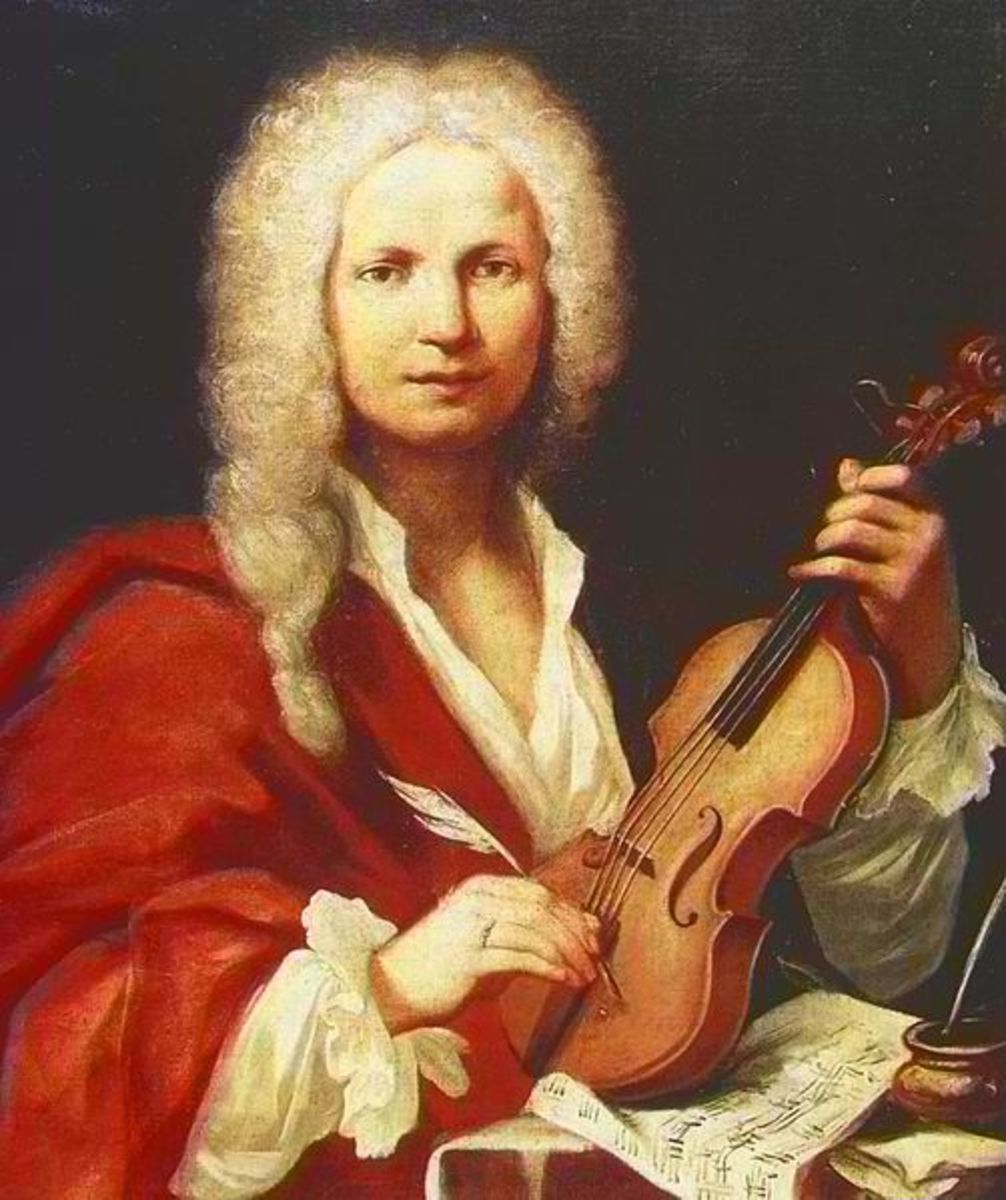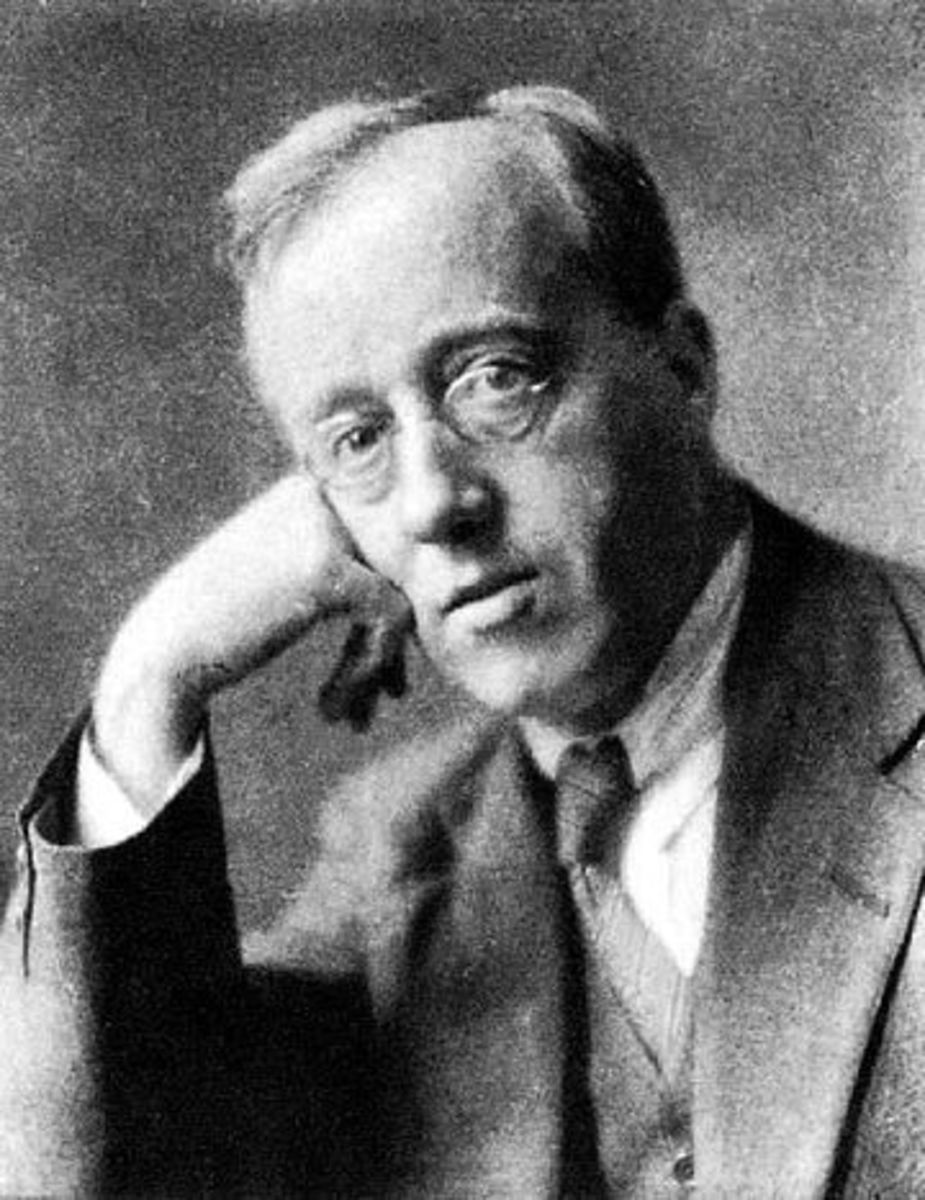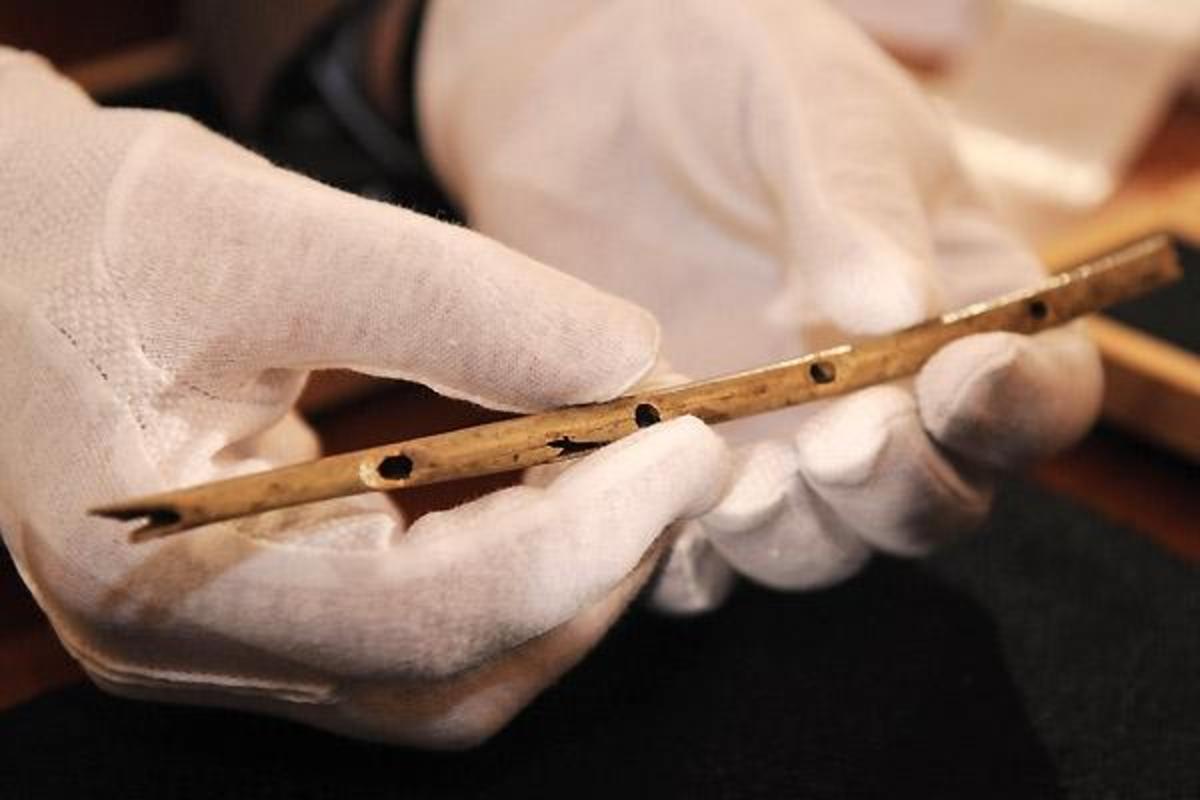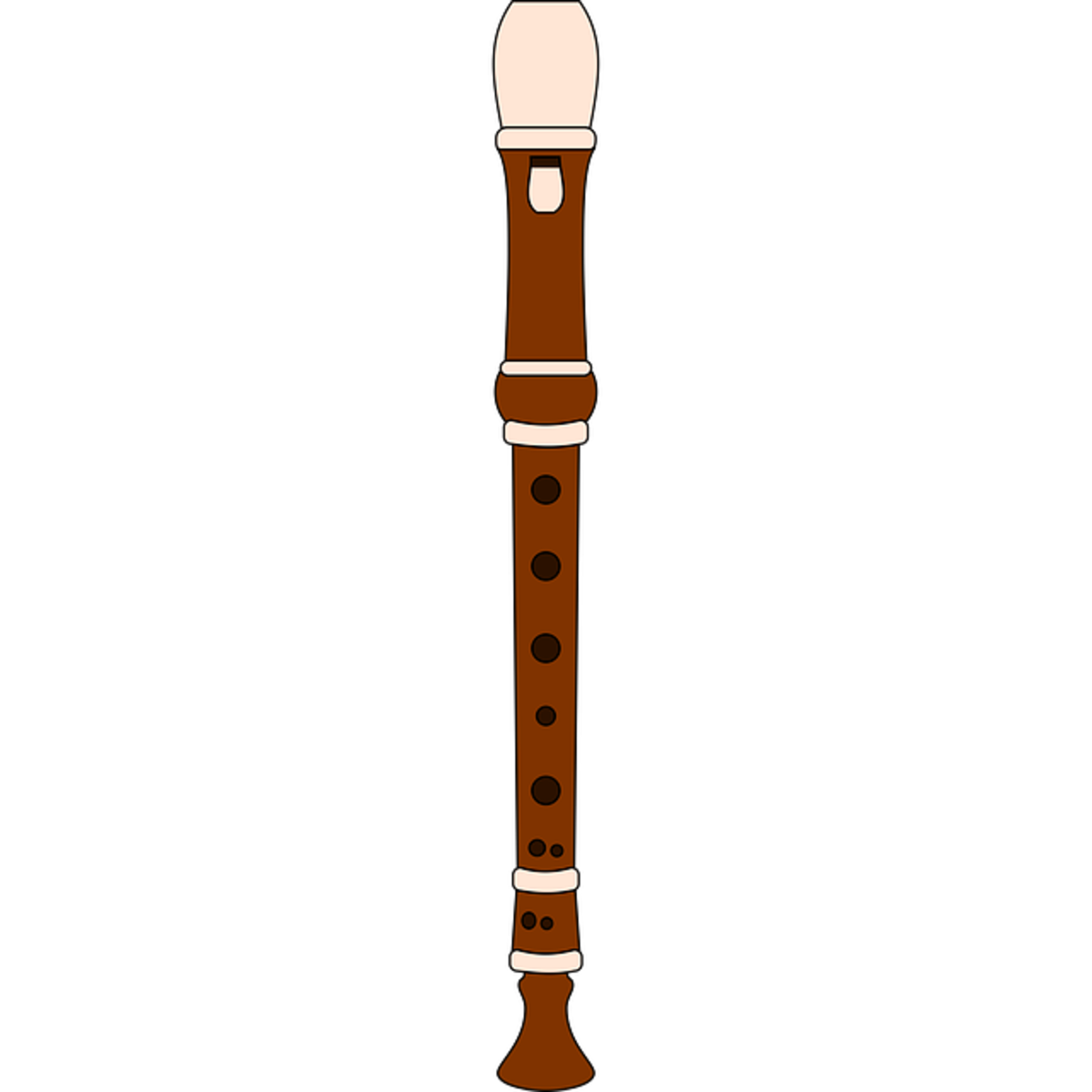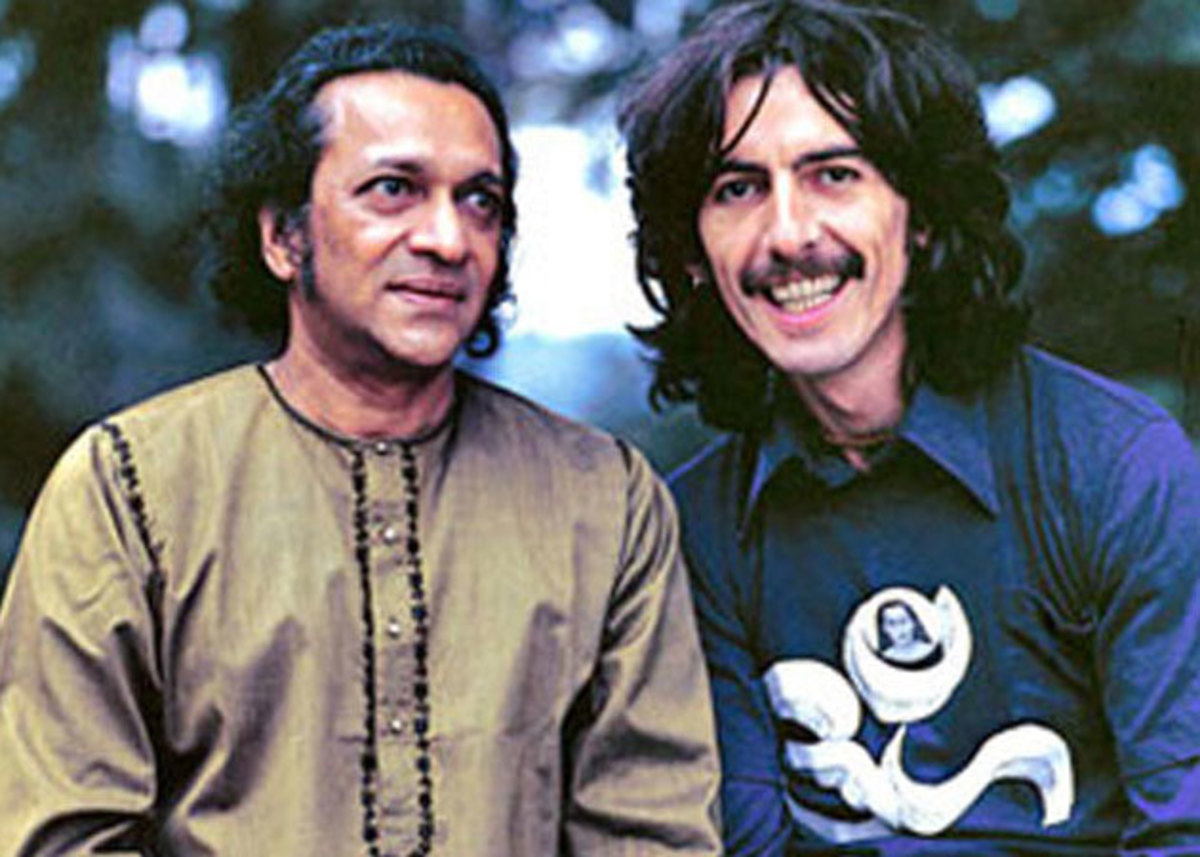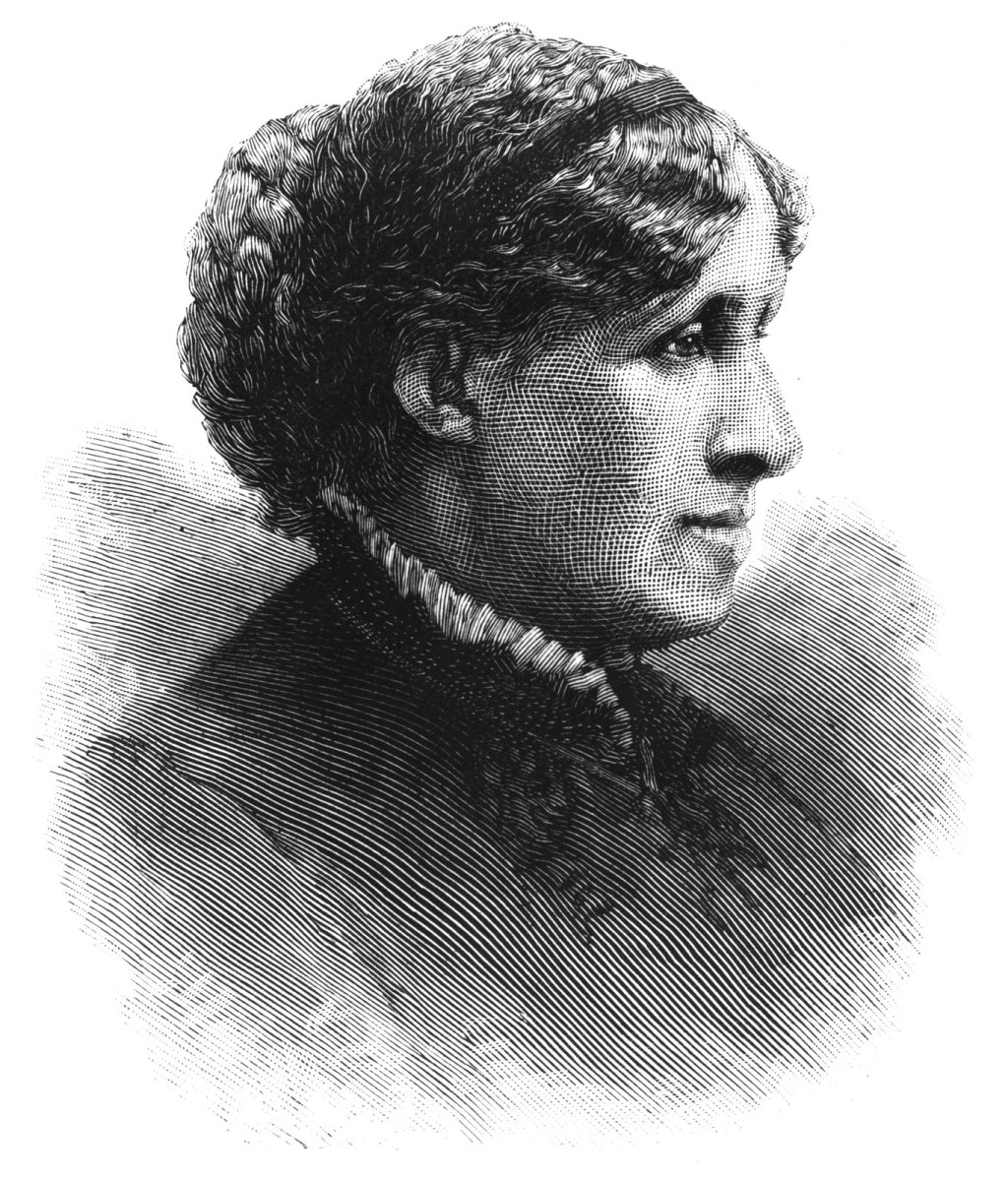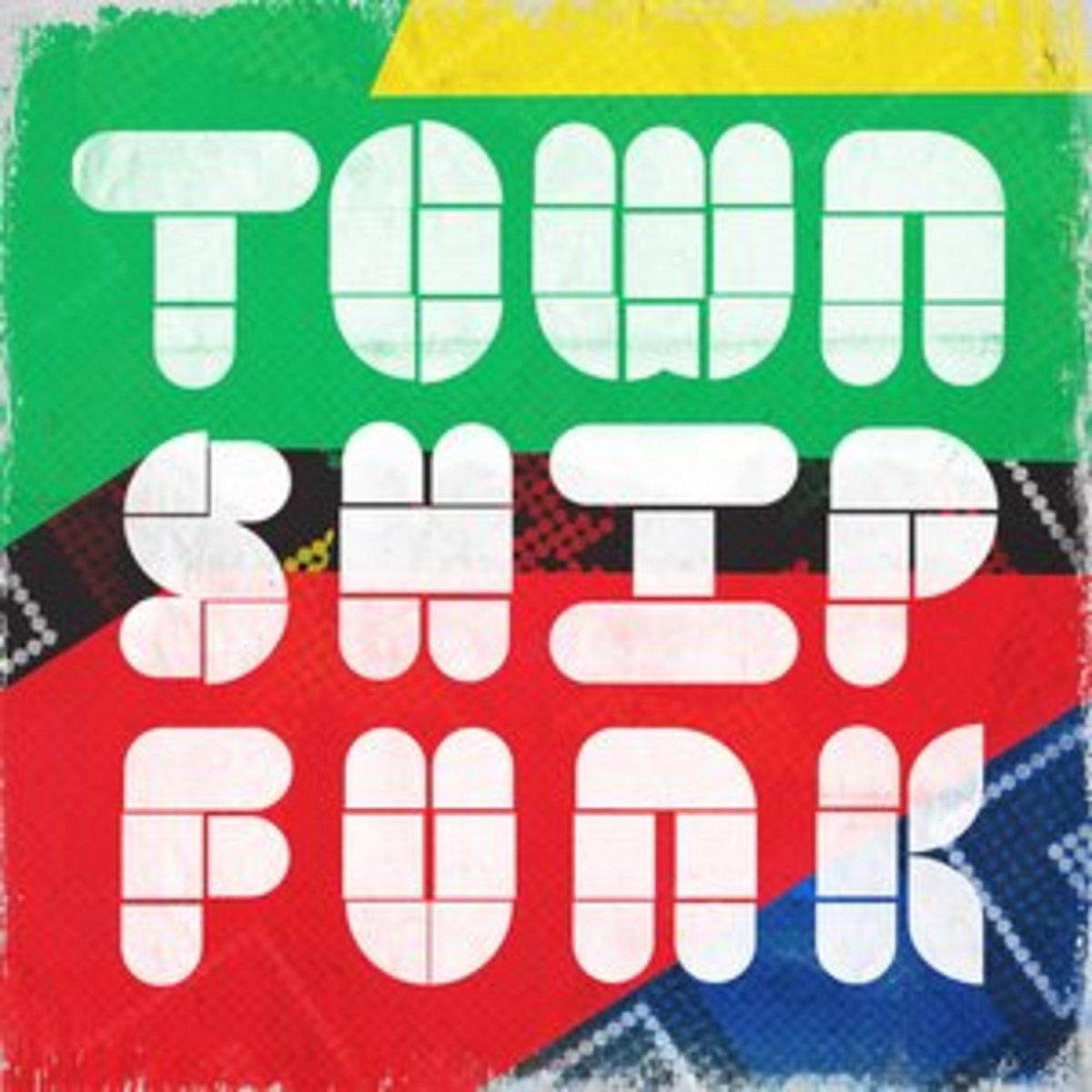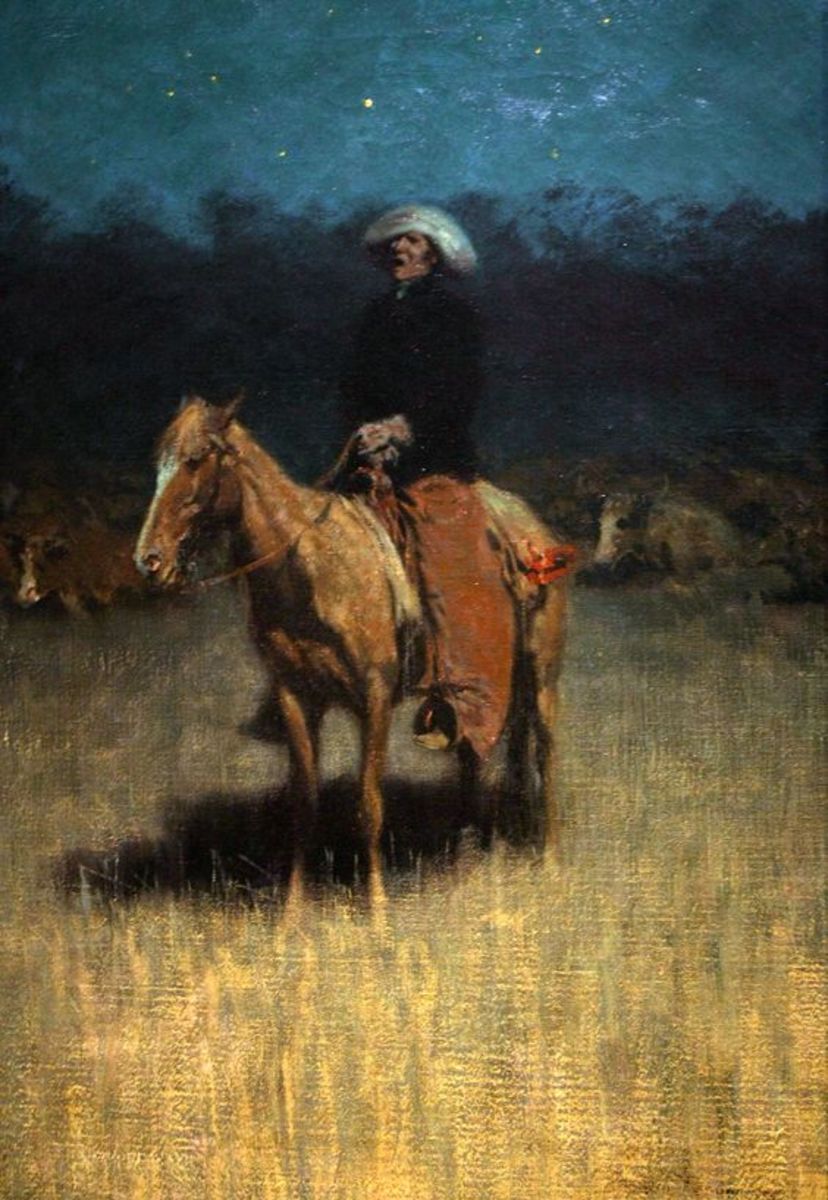Elizabethan Music - the Music of Shakespeare's Time
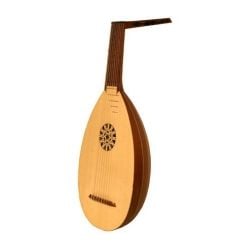
Why is Elizabethan Music Special?
The rich variety of music in the first Elizabethan age is something we can all enjoy today. Renaissance and Elizabethan music came in two categories - sacred and secular. Translate that as religious and fun! There were no conflicts between mods, rockers and skinheads. There were no critics leaping up and condemning the music of the day because it wasn't classical. Serious meant sacred and appropriate to worship, secular meant wine, women and song and much, much dancing.
The truly lovely thing about Elizabethan music is how very timeless it really is! The sacred music is enough to give you a tingle and the secular music is fantastic. For all it brings back the sense of the Past it has a beat, harmony, emotional meaning, ease of participation in a band, and all the things that make a good Eurovision number.
Image courtesy of Amazon 8-Course Lute, Rosewood, Taylor - Roosebeck
What was a Consort of Viols?
Types of Consort and Popular Instruments
Whereas sacred music tended to be vocal, secular music revolved around the consort which was an grouping of instruments or voices. Madrigals, or part songs, could be performed "glee club" style by singers, or played by consorts of instruments. A consort could be whole, for instance a madrigal might be sung by a consort of voices, or the melody might be played by a consort of viols or recorders. Elizabethan families would often have a set of instruments in varied sizes to play together or when Waits came to perform they might bring their own. A broken consort consisted of instruments from different families much like a precursor to a modern band or orchestra.
A consort of viols means a string group of the 16th to 17th centuries. Viols were slightly different to modern stringed instruments. The bow was held differently and the instruments were often fretted. The bass in the ensemble had no endpin and was supported by the player's legs each side - hence Viola Da Gamba.
A broken consort might have drums, viol da gamba, lute, shawn, sackbut and recorders....
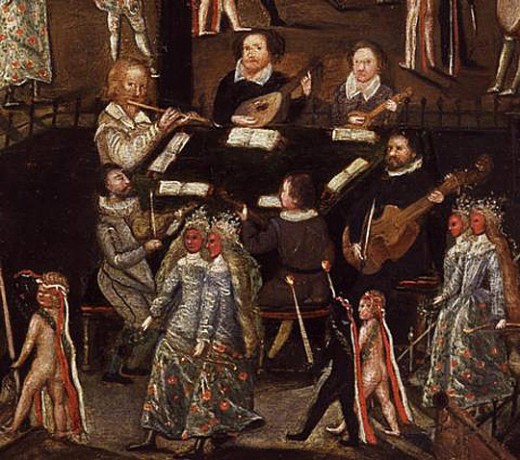
David Munrow and the Rackett - What a rackett! From the 1976 series on early music!
I loved David Munrow's series on early music, this a good example of a whole consort of racketts. They are called racketts for a reason!
The Rackett Consort
Henry VIII was also a composer
Music was very important to educated people in the Tudor era. In addition to dissolving monasteries and marriages, hunting and feasting, Henry VII loved music. He played well and composed songs including the famous Pastime with Good Company.
Henry the VIII
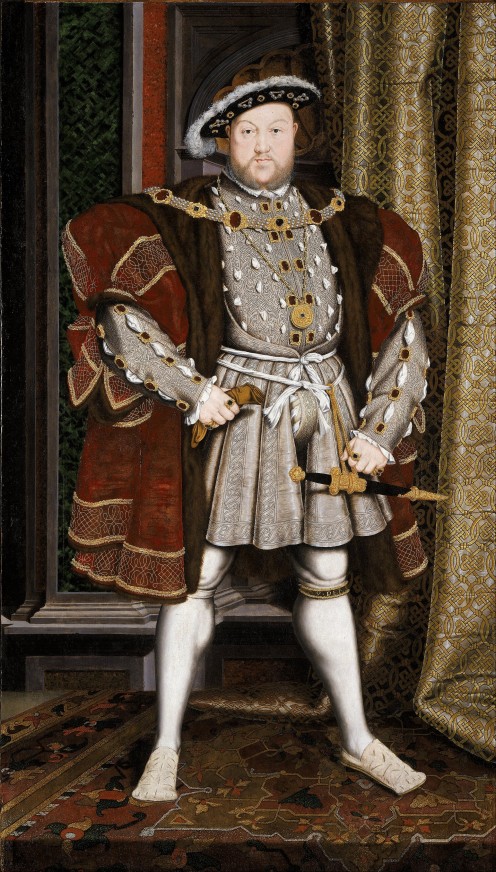
Recreating Elizabethan Music - Original and reproduction instruments
Putting together your broken consort is not too difficult because instruments are generally available that come close to the original specifications of Elizabethan music. Some are prohibitively expensive if original, but can be substituted with modern kit instruments or even common orchestral instruments at a pinch.
Lute Player
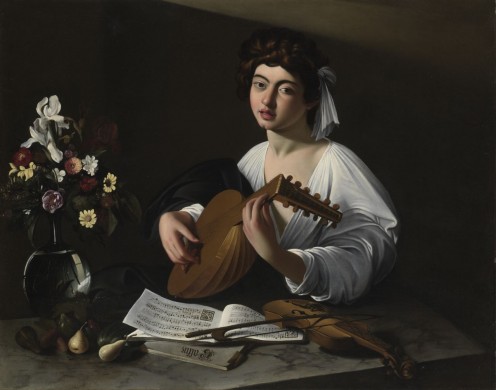
Dowland Galliards on the Lute
John Dowland and the Lute Song
John Dowland was one of our most famous composers and wrote an excellent variety of lute music that is played to this day on lute and guitar. He also wrote many songs with lute accompaniment.
Original Lute Tablature
Original lute tablature looks strange to modern eyes but it is good to realise that the system existed so long ago. The pros and cons of tablature have been widely debated but the best reason for using it is that it makes altered tunings easier to cope with.
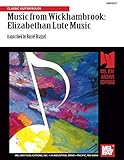
Playing the Lute
The lute is accessible to skilled guitar players. A set should include a hard case which is essential to protect the instrument and a tutor to help you with the basics.
Recorders - not just for kids!
The bane of the class music teacher used to be 30 kids all squeaking away on recorders trying to outdo each other with devilish squeals and yet the recorder played properly is a lovely thing. Recorders played together in consorts and the sound is really rather lush, like a very mellow organ. Yamaha have produced a set of 4 recorders for the serious practitioner. You could recreate your own recorder consort with instruments like these.
The Recorder Family
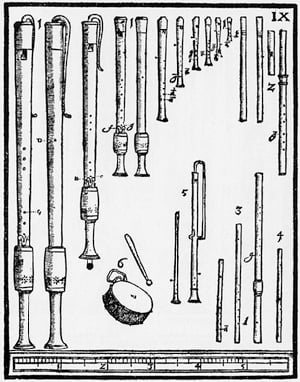
Gibbons Pavan and Galliard on Virginals
Queen Elizabeth Virginals
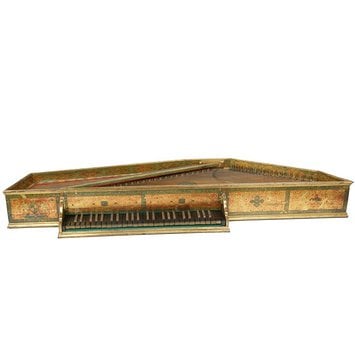
Playing the Fife
Fifes generally had a military purpose (and still do today) It is also a simple instrument that ordinary people could afford or make themselves. This fife is wooden and close to the wooden fifes of the day.
Boy Playing a Fife
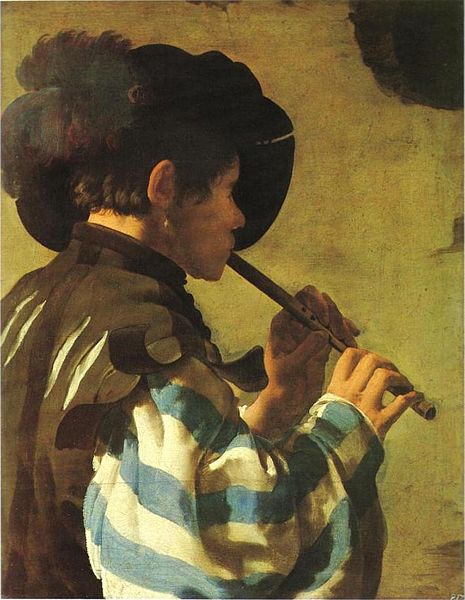
Now is the Month of Maying
Elizabethan Composers - A selection of favourite 17th century composers
Queen Elizabeth's favourite was William Byrd, who for a time was cathedral organist here at Lincoln Cathedral! Other composers include Tallis, Dowland, Morley, Weelkes, Wilbye and Gibbons...
William Byrd Viol Consort
Morley April is in my mistress' face
Thomas Tallis
My introduction to the music of Thomas Tallis came from listening to the gorgeous Fantasia on the Theme by Thomas Tallis composed by Ralph Vaughan Williams. (Not heard it? Check it out whenever you can) Tallis wrote sacred music and his harmonies were rich. Best performed by a professional choir or one that specialises in this sort of complex contrapuntal music.
The Tallis Scholars sing Thomas Tallis

Thank you for visiting this page about Elizabethan music. I hope you enjoyed it. If you could play an Elizabethan instrument, what would it be? Mine of course would have to be the Lute!

